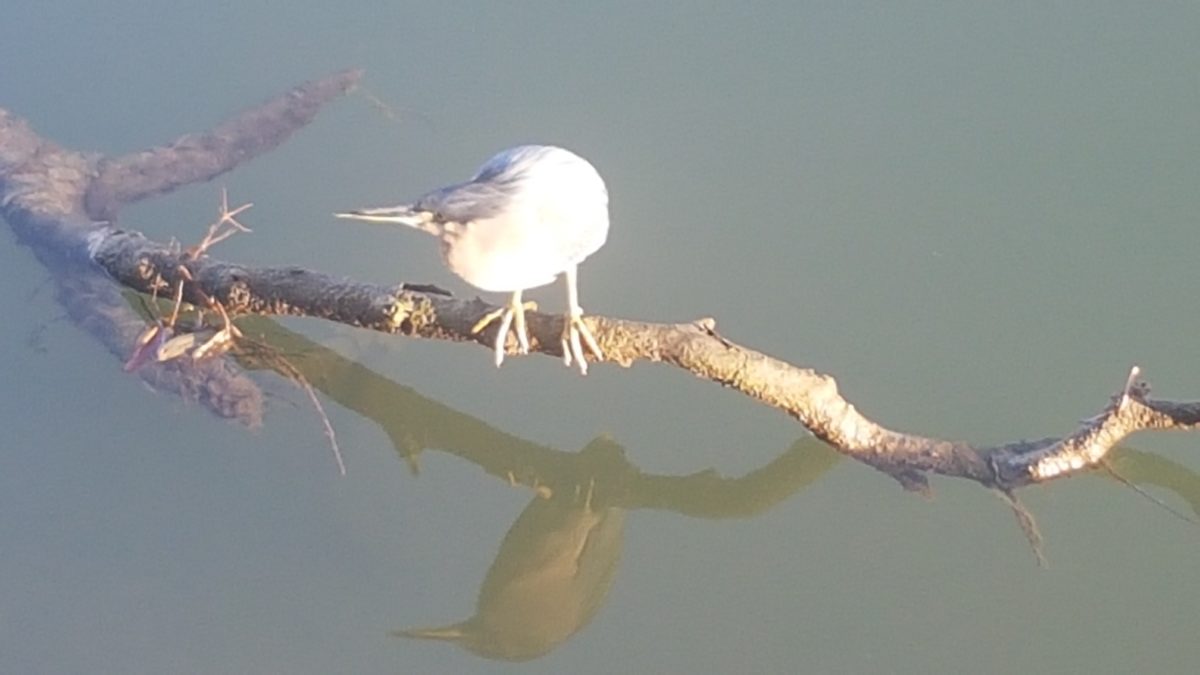Much of the time we are reactive because of our ingrained habituated responses. These develop over time and can vary with different stimuli – a confronting email, a perception of criticism by a partner or colleague, thoughtlessness by another person or traffic delays. Our responses may be precipitated by negative thoughts that generate emotions such as fear, anxiety, frustration or anger. We then act out these emotions in a reactive way – not stopping to maintain our balance or evaluate the best possible response. As we have mentioned earlier, there is a gap between stimulus and response and within that gap are choices and associated freedom. Developing equanimity helps us to better utilise the gap between stimulus and response and widens our potential response options – as it frees us from being captive to our habituated responses.
Equanimity is being able to maintain a state of calmness, balance or even-mindedness in the face of a situation that we find challenging – physically, mentally or emotionally. It builds our capacity to overcome reactivity and enables us to accept what is, without reacting impulsively. Diana Winston makes the point that equanimity is not passivity – acceptance of what is, does not mean avoiding taking action to redress injustice, insulting behaviour or meanness. What equanimity does mean is acknowledging what is and the inherent challenge (e.g. illness, mental illness of a family member, or loss of a job), not railing against all and sundry for our “misfortune”, but actively pursuing redress – including building our capacity to remain calm in the face of life challenges. Equanimity enables responsiveness that is positive and productive.
A meditation to develop equanimity
Meditation, by its very nature, helps to calm us and, in the process, develop equanimity. Diana Winston, however, provides a specific “equanimity meditation” designed to build our capacity to retain our balance and to remain even minded when confronted with a life challenge. She provides this meditation as part of the weekly guided meditation podcasts provided by the Mindful Awareness Research Center (MARC), UCLA. Her guided meditation podcast, Equanimity and Non Reactivity, contains several steps:
- Grounding yourself in your chair by adopting a comfortable, upright posture; closing your eyes or looking down; and focusing your intention on the present – not thinking about the past or worrying about what is coming up. Being present-in-the-moment is a calming activity that can build equanimity.
- Complete body scan – starting with your feet on the floor (feeling the firmness and envisaging the stable ground below); moving progressively through your body, while noticing and releasing any points of tensions (such as in your neck, shoulders, stomach, legs or hands). You can begin to notice the sensations as you progress with your body scan – feeling the tingling in your fingers or the softness/looseness in your legs as you let go and allow the tension to drain away. During the meditation, it pays to be conscious of a tendency to let your shoulders droop. [Note: this part of the meditation resonates with the first part of the Yoga Nigra Meditation focused on the physical body]
- Focus on your breathing – you focus on wherever in your body you can feel the sensation of your breathing, the in and out movement of your stomach or the air passing through your nose. The process involves noticing, not controlling your breathing. You can also rest in the gap between your in-breath and your out-breath. You can extend the observation of your breathing to other parts of your body such as breathing through your mouth.
- Noticing sounds – now switch your attention to the sounds within and outside your room. Again, the process involves noticing not interpreting or judging the sounds (whether they are pleasant or grating, for example).
- Anchoring yourself – you can choose to focus just on your breath or the sounds or adopt a position of natural awareness where you are open to the sense of being aware. Whatever you choose becomes your anchor that you can return to when your mind wanders. It is natural to have passing thoughts and emotions – the important thing is not to entertain them or indulge them but to acknowledge them, for example, by saying to yourself, “I’m wandering again”. Once you notice and acknowledge your diverting thoughts and/or emotions, you can return to your chosen anchor.
- Equanimity meditation – this involves two main parts that focus directly on developing calm, no matter what your stimulus is. The first involves capturing a time when you were able to remain calm and balanced when confronted with a challenge – it is important to visualise the event and recapture the memory in all its richness including the stimulus, your initial thoughts/emotions, how you brought yourself under control and your calm response replacing what normally would have been a reactive response. The second part involves envisaging a challenging situation you have to deal with; identifying what is your “normal” response; and picturing yourself tapping into your boundless internal equanimity, energy and awareness to adopt a response that is both creative and positive.
Diana maintains that this process of equanimity meditation builds your capacity to manage difficult challenges rather than revert to reactivity – that involves adopting habituated responses that are potentially injurious to yourself and others. On a personal note, I like listening to the calmness of Diana’s voice and hearing her highly developed insights as she leads me through a guided meditation process on the weekly podcasts.
As we grow in mindfulness, through meditations such as the equanimity meditation, we can realise a new level of personal resilience through the development of calmness, balance and even-mindedness. We will experience less reactivity in challenging situations and be open to more positive and helpful responses.
____________________________________________
Image – Heron on branch in Wynnum Creek, Brisbane
By Ron Passfield – Copyright (Creative Commons license, Attribution–Non Commercial–No Derivatives)
Disclosure: If you purchase a product through this site, I may earn a commission which will help to pay for the site, the associated Meetup group and the resources to support the blog.









